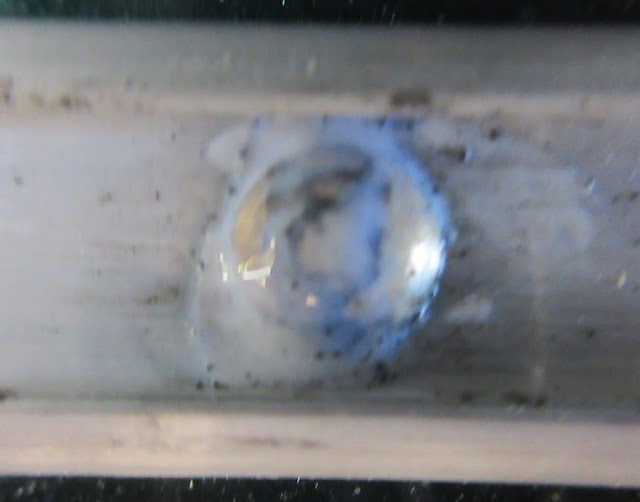|
A Blog with topics for those interested in improving your Morgan
Wednesday, 31 January 2018
Removing the Bumps in Running Board Rubber Inserts
Subscribe to:
Post Comments (Atom)
The Morgan Centenary Trim Pack
The Morgan Centenary Trim Pack During The Centenary of The Morgan Motor Company the owners of new Morgans in build were offered the variou...






























No comments:
Post a Comment